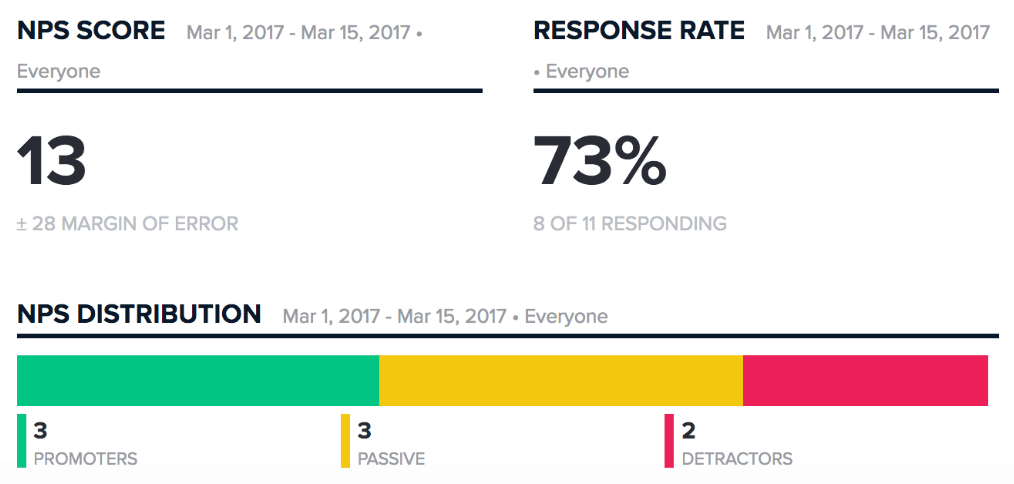As a product manager, I deal with three important challenges:
- Increasing user adoption. Did you know that up to 80% of all features go unused? Part of a product manager’s job is to make sure that users actually adopt the features built for them.
- Acquiring new users. In essence, this is growing our user base. By demonstrating growth, we make it clear that our product provides value in the market.
- Increasing customer delight. We want our users to love our product! Product love leads to increased customer satisfaction and user retention.
Anyone who works or has worked in product probably found themselves nodding their heads as they read the above list. Product professionals in companies of all sizes and industries face these issues on a daily basis.
Intuitively, I know what I need to do to overcome each one of these challenges. However, will my engineering team, management team, or my customers care about my gut feeling? Will they be convinced to adopt or prioritize a particular feature just because “I said so?”
No, such things do not happen in real-life scenarios (unfortunately). The only way to overcome these challenges is through data-driven product management. If I go to my engineers or managers with real, actionable data rather than gut instinct, I’ll be much more likely to convince them that we should build that feature.
In the next few paragraphs, I would like to touch upon how a product manager can leverage three techniques to back their intuition with user behavior insights and in turn, increase adoption, acquisition, and customer satisfaction.
Funnel Analysis
A funnel is a series of steps that you want the user to complete. Typically these steps are related to a specific goal that’s important to your product or your company. Examples might include user signups, completion of training materials, or steps followed before hitting the “help” button. As users move through the steps, some of them will fail to continue and fall out of the funnel, narrowing it.
Funnel analysis can help the product manager look at conversions from one step to the other during the user’s journey. Based on how healthy the funnel looks from start to finish, a product manager can then work with his team to prioritize features that will help the user not to miss the step that the product manager had anticipated. It might also help the product manager realize the blockers in a user’s journey and hypothesize around why the user is not using a particular feature. This analysis can also inform the PM of bottlenecks or areas of confusion that arise at particular points in the user journey.
NPS Surveys
Like CSAT (Customer Satisfaction) or CES (Customer Effort Score), NPS or Net Promoter Score is an indicator of customer sentiment. Some have criticized NPS as “fuzzy math” and an imperfect measurement tool. In spite of this, the NPS survey remains one of the most effective and widely-used tools for increasing user adoption.

The overall philosophy is to convert detractors and passives into promoters. Promoters are basically users who provide a top rating for the product and are extremely satisfied, while detractors are the most unhappy users. Passives sit between the two extremes. As a product manager, you might want each of your users to be a promoter. A product manager can make their NPS actionable by reaching out to customers and conducting interviews to understand the issues and problems that they are facing with the product.
Cohort Analysis
As the name implies, cohort analysis involves sorting users into specific groups (cohorts) based on shared characteristics or behavior. Cohort analysis allows you to segment your users into cohorts and track their behavior over a period of time. Metrics you may want to track include those related to traffic (e.g. returning users and new users), conversion (e.g. successful transactions), and engagement (e.g. bounce rate or time spent on site). These metrics can help a product manager reduce churn and strategize on how to increase retention.
In the past, PMs had only instinct and maybe a bit of customer feedback to rely on when making decisions on what to build or not build. Now there are many tools available that allow for data-driven product management. Why go with your gut when you can go with the numbers?
![[object Object]](https://cdn.builder.io/api/v1/image/assets%2F6a96e08774184353b3aa88032e406411%2F39f3ccde352b460cbf348ccc952054cd?format=webp)



